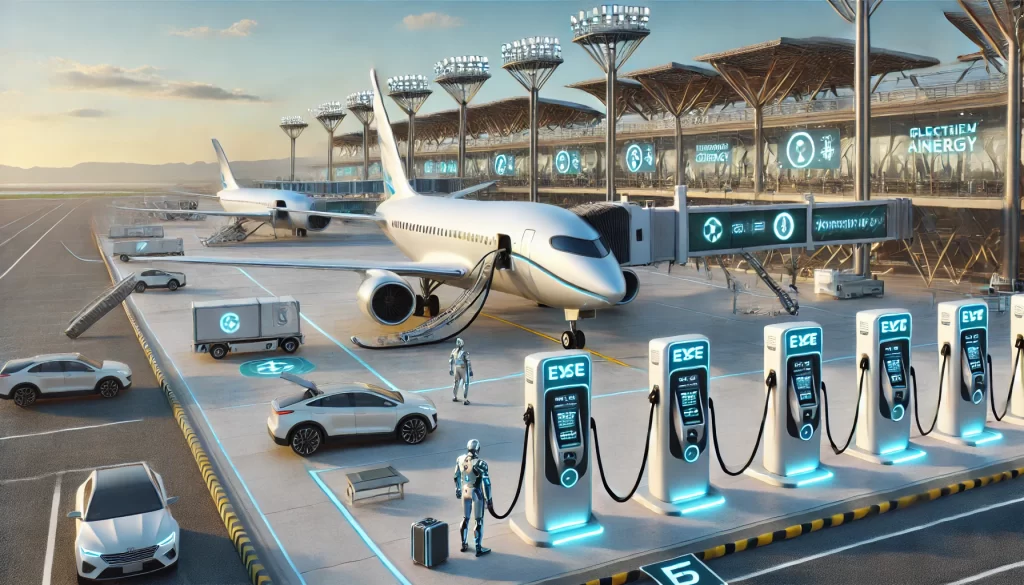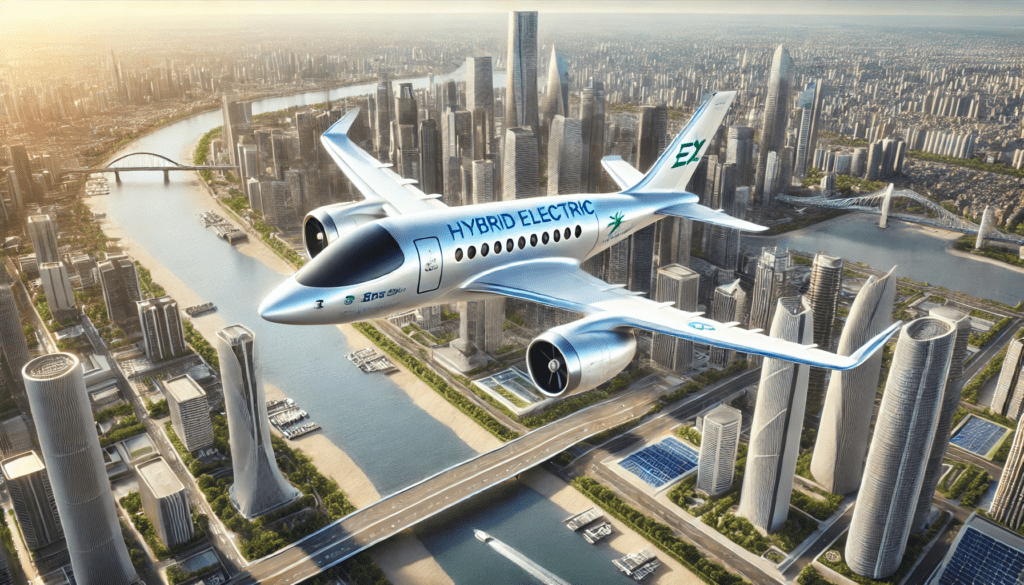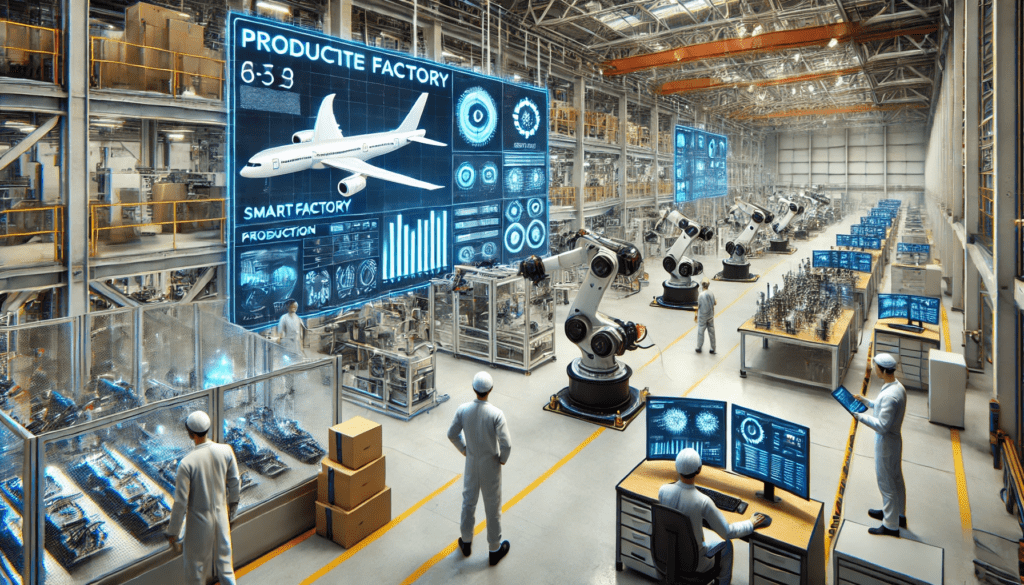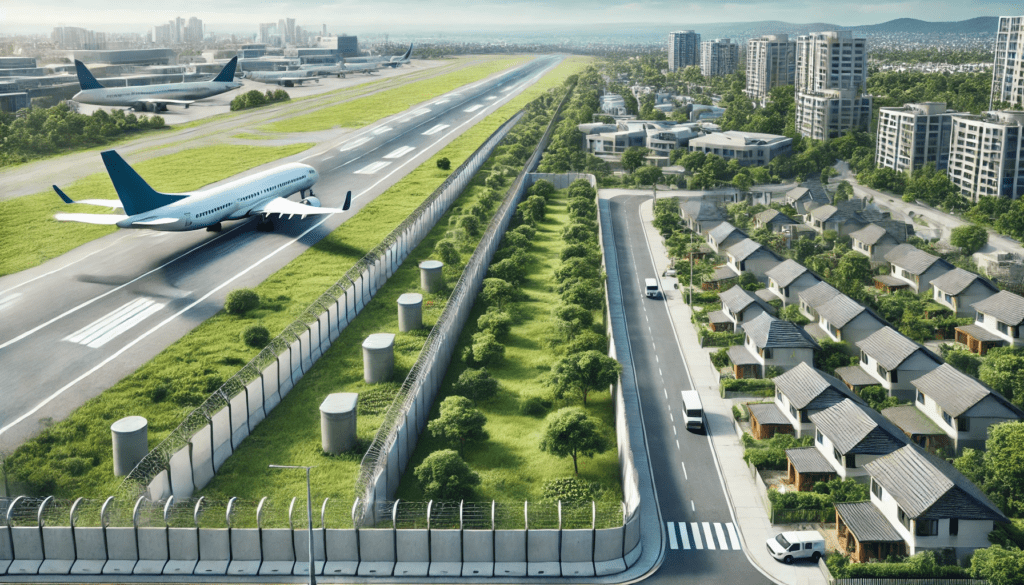
The shift towards electric and hybrid aircraft represents a transformative movement in the aviation industry, driven by technological advancements aimed at enhancing efficiency, reducing emissions, and addressing environmental concerns. As global pressure mounts to combat climate change, the development of these aircraft is notable not only for its potential to revolutionize air travel but also for the substantial investments and collaborations among major aerospace companies and emerging startups seeking sustainable solutions. The focus is primarily on reducing the aviation sector’s reliance on fossil fuels, aiming for significant emissions reductions and the creation of quieter aircraft suitable for urban environments.
Electric aircraft utilize battery-powered propulsion systems, while hybrid models combine traditional internal combustion engines with electric motors to optimize efficiency. Innovations in energy storage, particularly advancements in battery technology, are critical as the aviation sector seeks to overcome challenges related to energy density and operational range.
The environmental benefits are substantial, with electric and hybrid aircraft designed to produce zero or significantly lower emissions compared to conventional models, thereby contributing to a reduction in the aviation industry’s carbon footprint.
Despite the promising advancements, the transition to electric and hybrid aircraft faces notable challenges, including regulatory hurdles related to certification frameworks, the need for improved battery technologies, and limitations in payload and range capacities. The aviation industry is actively addressing these obstacles through research, strategic partnerships, and innovative manufacturing techniques.
As companies continue to invest in this sector, the outlook remains optimistic, with projections indicating significant growth in the electric and hybrid aircraft market over the coming years, fueled by the urgency for greener aviation solutions.
In summary, the shift towards electric and hybrid aircraft embodies a critical evolution in the aviation industry, aiming to balance technological innovation with sustainability. As stakeholders work together to tackle existing challenges, the future of air travel may soon see a substantial reduction in its environmental impact, paving the way for a more sustainable and efficient aviation landscape.
Technology Overview
The shift towards electric and hybrid aircraft is characterized by significant advancements in propulsion systems, energy storage, and manufacturing technologies. These developments are essential for achieving greater efficiency, reduced emissions, and improved operational flexibility in aviation.
Hybrid Electric Aircraft

A hybrid electric aircraft utilizes a combination of internal combustion engines and electric motors for propulsion. This design typically includes an engine, a generator, a battery, and an electric motor. The engine drives the generator to produce electric power, which is stored in the battery and subsequently used to propel the aircraft via the motor. Notably, these aircraft can operate in various modes, including a “silence mode” where only electric power is utilized, enhancing their potential for quieter flight operations
Advancements in Manufacturing Technologies

The development of manufacturing technologies for hybrid electric propulsion components is a key focus area for industry partners aiming for commercialization by mid-2026. These technologies aim to significantly shorten the lead times for producing functional prototypes from several months to just weeks. Additionally, projects are exploring highly flexible production concepts necessary for efficient mass production, utilizing methods such as additive manufacturing (3D printing) and advanced forming techniques that have not been previously applied in passenger aircraft construction. Addressing the stringent quality, reliability, and durability requirements of the aviation industry presents substantial challenges that are actively being tackled by research institutions and manufacturing partners
Thermal Management Systems
An important consideration for fully electric propulsion systems is thermal management. Traditional propulsion systems rely on fuel as a heat sink, but electric systems generate heat from batteries, power electronics, and motors, necessitating more efficient and integrated cooling solutions. Significant investments are underway to develop advanced thermal management technologies, which are critical to the successful operation of electric aircraft. Experts believe that the progress of battery technology, in particular, will heavily influence the timeline for commercial viability in fully electric airliners, with estimates ranging from 15 to 20 years for complete integration into commercial fleets
Energy Density Considerations
When discussing electrically powered aircraft, the concept of energy density becomes crucial. Energy density refers to the amount of energy stored relative to the weight or volume of the storage medium, which is particularly critical for aviation applications where the weight of energy storage devices—typically batteries—impacts overall performance. Higher energy densities allow for greater efficiency in flight, as the power requirements increase with the square of weight. Thus, advancements in battery technology that enhance energy density are vital for the success of electric and hybrid aircraft
Environmental Impact
The transition to electric and hybrid aircraft is primarily motivated by the desire to reduce the aviation industry’s environmental footprint. Electric aircraft are designed to produce zero or significantly lower emissions compared to traditional aircraft powered by internal combustion engines (ICEs)
By eliminating reliance on fossil fuels, these aircraft contribute to a cleaner environment and help mitigate the industry’s carbon footprint
Noise Pollution Mitigation

In addition to reducing carbon emissions, electric propulsion systems significantly diminish noise pollution, which is a critical concern in urban environments. Jet engines generate substantial noise, impacting communities near airports
Electric aircraft generate much less noise, making them suitable for operations in densely populated areas and supporting the development of Urban Air Mobility (UAM) initiatives, such as electric vertical takeoff and landing (eVTOL) aircraft
Carbon Footprint and Emissions Reductions
A carbon footprint refers to the total amount of greenhouse gas emissions, mainly CO2, attributed to a specific human activity, including aviation
The aviation sector is a substantial contributor to global emissions, and efforts are being made to assess and minimize this impact. By evaluating the carbon footprints of aircraft, it becomes feasible to pinpoint opportunities for emissions reductions, thereby decreasing the long-term environmental impact of aviation
The aviation industry’s global climate action framework includes ambitious goals, such as a 50% reduction in net CO2 emissions by 2050
Challenges and Technological Innovations
Despite the environmental benefits, the adoption of electric aircraft is not without challenges. Current battery technology limits the flight ranges and payload capacities of electric aircraft compared to their conventional counterparts
Additionally, factors such as weather conditions and air traffic management can complicate their operation
However, the aviation industry continues to pursue technological innovations to improve fuel efficiency and explore sustainable aviation fuels (SAFs) made from non-food feedstocks, which could further reduce CO2 emissions by as much as 80%
Industry Developments
The electric airplane industry is experiencing significant growth, with forecasts predicting a market size of approximately $122 million by 2023, reflecting a compound annual growth rate (CAGR) of about 4%
This growth is propelled by advancements in technology, increased investment in electric aviation, and regulatory frameworks aiming for greener solutions in transportation.
Recent Innovations and Partnerships
Throughout 2023, numerous companies have made notable advancements in electric aviation technology. For instance, Dovetail Electric Aviation has been developing its electric propulsion system, successfully completing ground tests early in the year. In April, the company garnered further support as Regional Express (REX), based in Australia, announced plans to acquire a 20% stake in Dovetail, building on their existing collaboration which began in July 2022 to retrofit electric engines in existing aircraft
This partnership is indicative of the broader trend of strategic alliances within the industry aimed at accelerating development timelines and achieving regulatory certifications.
Market Landscape and Key Players
The competitive landscape of the electric aviation sector includes major aerospace companies such as Airbus, Boeing, General Electric, and Rolls-Royce, alongside emerging players like MagniX and Dovetail Electric Aviation
These companies are focused on developing innovative solutions that align with the increasing demand for sustainable air travel. The North American region is expected to lead the hybrid electric aircraft market from 2023 to 2032, driven by factors such as a growing number of air travelers and the adoption of modern technologies
Regulatory Support and Future Outlook
Regulatory measures are also playing a crucial role in promoting the electrification of aviation. Initiatives like the European Green Deal and the Alternative Fuels Infrastructure Regulation (AFIR) are designed to facilitate investments in infrastructure that support electric and hydrogen-powered aviation. These frameworks aim to ensure the industry’s transition towards climate neutrality by 2050
As the electric aviation market continues to evolve, the focus will remain on overcoming challenges such as battery efficiency, infrastructure development, and pilot training to ensure the successful integration of electric aircraft into mainstream aviation.
Challenges and Limitations
The transition to electric and hybrid aircraft faces several significant challenges and limitations that must be addressed to achieve widespread adoption.
Certification Frameworks
One of the most pressing issues is the absence of robust certification frameworks specifically designed for electrically-propelled aircraft. Holme and Dinel emphasize that while demonstrating the functionality and capabilities of such aircraft can be accomplished relatively quickly, developing comprehensive certification requirements, especially concerning system safety and fault management, takes considerable time.
These frameworks are essential to establish trust and ensure safety in the new technologies being introduced to the aviation industry.
Battery Technology
Battery technology remains at the forefront of challenges in this transition. The energy density of currently available batteries, typically ranging from 150 to 250 Wh/kg, is insufficient for commercial airline applications, which require a minimum energy density of 450 to 500 Wh/kg to be viable.
Although advancements in battery chemistries are anticipated, experts predict that achieving this target is still roughly a decade away.
The weight and size of batteries are critical factors that directly impact an aircraft’s efficiency, range, and payload capacity, making improvements in this area vital for the feasibility of electric and hybrid aircraft.
Payload and Range Limitations
The payload-range relationship is significantly altered in electrically powered aircraft. The high weight of batteries results in a considerably lower maximum payload, which, even when reduced to improve range, offers only marginal gains.
This limitation can hinder the practicality of electric aircraft for commercial operations, where payload capacity is a critical consideration.
Manufacturing Technologies
To facilitate the introduction of hybrid electric propulsion components, new manufacturing technologies are being explored, including additive manufacturing and forming. However, qualifying these new production methods for the stringent standards of the aviation industry presents a formidable challenge, requiring a balance between innovation and adherence to quality, reliability, and durability requirements.
Partners in the industry aim to shorten the lead times for prototype development, but the successful integration of these technologies into existing systems remains a complex task.
Future Outlook
The future of aviation is increasingly leaning towards electric and hybrid aircraft, driven by advancements in technology, regulatory changes, and a growing focus on sustainability. The global hybrid aircraft market was valued at approximately $1.9 billion in 2023 and is projected to experience significant growth at a compound annual growth rate (CAGR) of 19.1% from 2024 to 2033
Similarly, the hybrid electric aircraft market is estimated to reach $2.80 billion in 2023, with an expected CAGR of 21.5% through 2032
Market Projections and Trends
In the broader context of electric aviation, the global electric aircraft market is anticipated to grow from $8.8 billion in 2023 to around $40.5 billion by 2033, reflecting a robust CAGR of 16.5%
This growth is propelled by the increasing demand for environmentally friendly aviation solutions and the urgency to reduce carbon emissions associated with air travel.
Technological Advancements
To realize the full potential of electric and hybrid aircraft, several technological challenges must be addressed, including the development of efficient energy storage systems and propulsion technologies. Simulation models are being utilized to generate forecasts and estimates for the aviation market, which incorporate various factors such as market dynamics, digital landscapes, and valuation patterns
This analytical approach aids in understanding how technological advancements can influence market growth.
Regulatory and Industry Alignment
The success of electric flight initiatives also hinges on the alignment between the Aerospace and Defence sectors and the Energy ecosystem. There is a growing recognition of the need for a cohesive strategy that addresses the challenges of transitioning to electric aircraft, including the establishment of stable electricity grids and ensuring the affordability of clean energy sources
Furthermore, enhancing cooperation between these ecosystems is deemed essential for effective climate action and achieving sustainability goals within the aviation industry
Challenges and Considerations
Despite the optimistic forecasts, industry experts caution that significant hurdles remain before commercial fully electric airliners can become a reality. The lengthy regulatory approval processes and the integration of new technologies into existing aviation infrastructures are notable barriers that need to be navigated carefully
Nonetheless, many experts believe that with concerted efforts from various stakeholders, the aviation industry can make substantial strides towards embracing electric and hybrid aircraft in the near future.
By – Aeropeep Team
- Can Aircraft Maintenance Engineers Check Aircraft Engine Oil Level from Pilots Through the Headset on Arrival?
- Understanding Seat-Mile Cost in Aviation
- Airline Load Factor: Why It Matters More Than You Think
- SriLankan Airlines Adds Airbus A330-200 (4R-ALT) to Its Fleet: Enhancing Efficiency and Passenger Experience
- How Fuel Prices Affect Airline Ticket Costs in 2025: What Every Traveler Should Know





